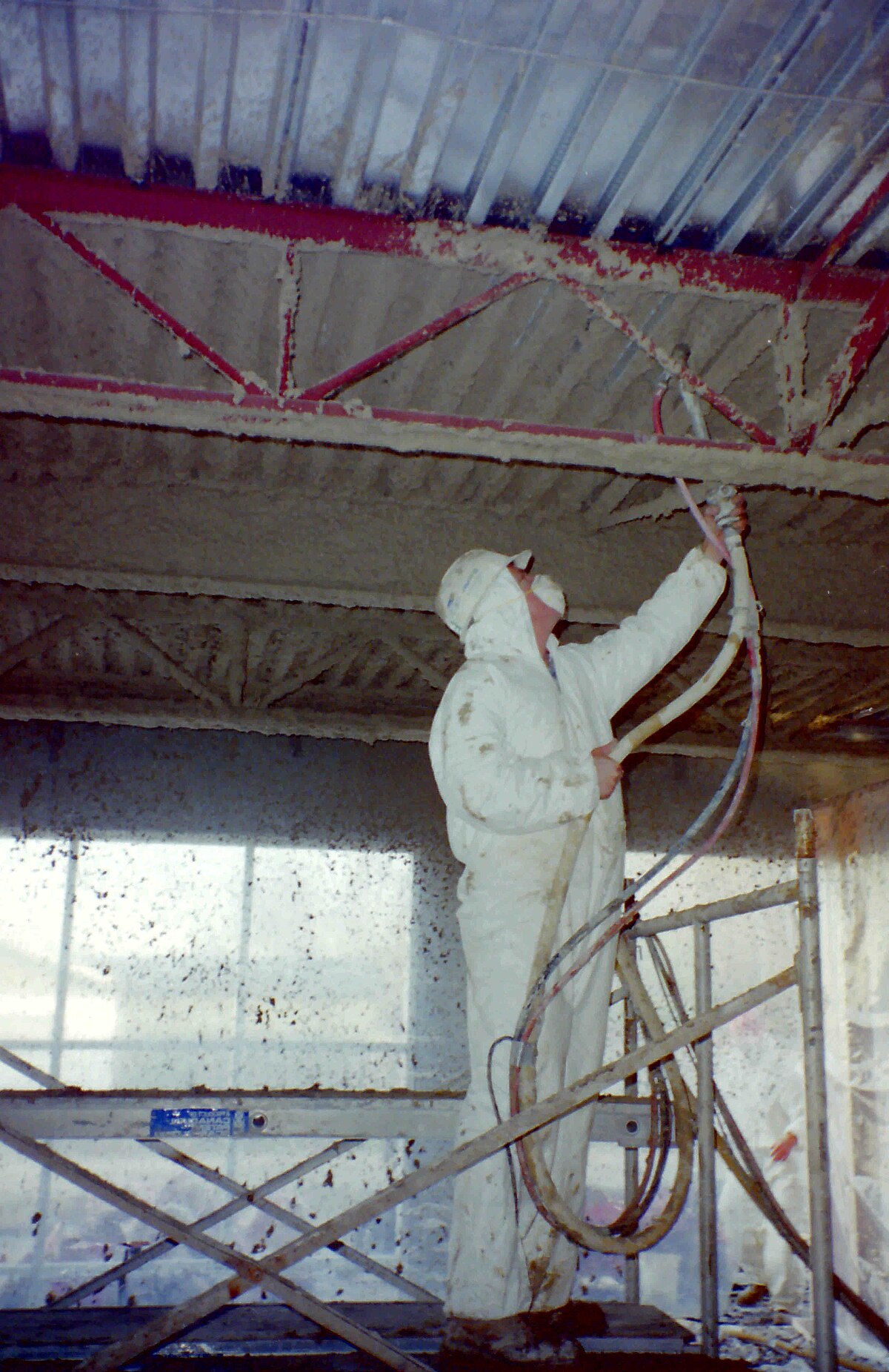Waterproofing an existing roof is a crucial step in maintaining the structural integrity of a building and preventing water damage. In this blog post, we will explore various high-quality and practical methods to effectively waterproof an existing roof. From advanced materials to innovative techniques, we will delve into the intricacies of waterproofing, ensuring your roof remains durable and protected for years to come.
- Conduct a thorough roof inspection:
Before initiating any waterproofing measures, it is essential to conduct a comprehensive roof inspection. This step helps identify existing issues, such as cracks, leaks, or damaged areas, which require immediate attention. By addressing these problems beforehand, you can ensure a successful waterproofing process. - Repair and reinforce the roof structure:
To create a solid foundation for waterproofing, it is crucial to repair and reinforce the roof structure. This may involve replacing damaged or rotten wood, reinforcing weak areas, and ensuring proper ventilation. By strengthening the roof structure, you can enhance its ability to withstand water infiltration and improve the overall waterproofing effectiveness. - Choose the right waterproofing materials:
Selecting the appropriate waterproofing materials is vital for long-lasting protection. Consider using advanced options such as elastomeric coatings, thermoplastic membranes, or liquid-applied membranes. These materials offer exceptional durability, flexibility, and resistance to UV rays, ensuring maximum waterproofing efficiency. Additionally, consult with a professional to determine the most suitable material for your specific roof type and climate conditions. - Implement innovative techniques:
a) Green roof systems: Installing a green roof not only provides waterproofing benefits but also offers environmental advantages. Green roofs consist of vegetation and a waterproofing membrane, acting as a natural barrier against water infiltration. They reduce stormwater runoff, improve insulation, and enhance the overall energy efficiency of the building.
b) Infrared thermography: Utilizing infrared thermography technology can help detect hidden leaks and moisture within the roof structure. By identifying these problem areas, you can address them promptly, preventing further damage and ensuring effective waterproofing.
c) Electronic leak detection: This technique involves using specialized equipment to locate leaks in the roof membrane. By detecting leaks early on, you can take immediate action to repair and waterproof the affected areas, preventing potential water damage.
- Regular maintenance and inspections:
To ensure the long-term effectiveness of your waterproofing efforts, regular maintenance and inspections are crucial. Schedule periodic roof inspections, clear debris, and address any signs of damage promptly. Additionally, consider applying a protective coating every few years to maintain the waterproofing integrity of the roof.
Conclusion:
Waterproofing an existing roof requires a combination of expertise, quality materials, and innovative techniques. By conducting thorough inspections, repairing the roof structure, selecting suitable materials, and implementing advanced waterproofing methods, you can safeguard your roof from water damage effectively. Remember to prioritize regular maintenance and inspections to prolong the lifespan of your waterproofed roof. With these strategies in place, your roof will remain resilient, durable, and well-protected for years to come.

